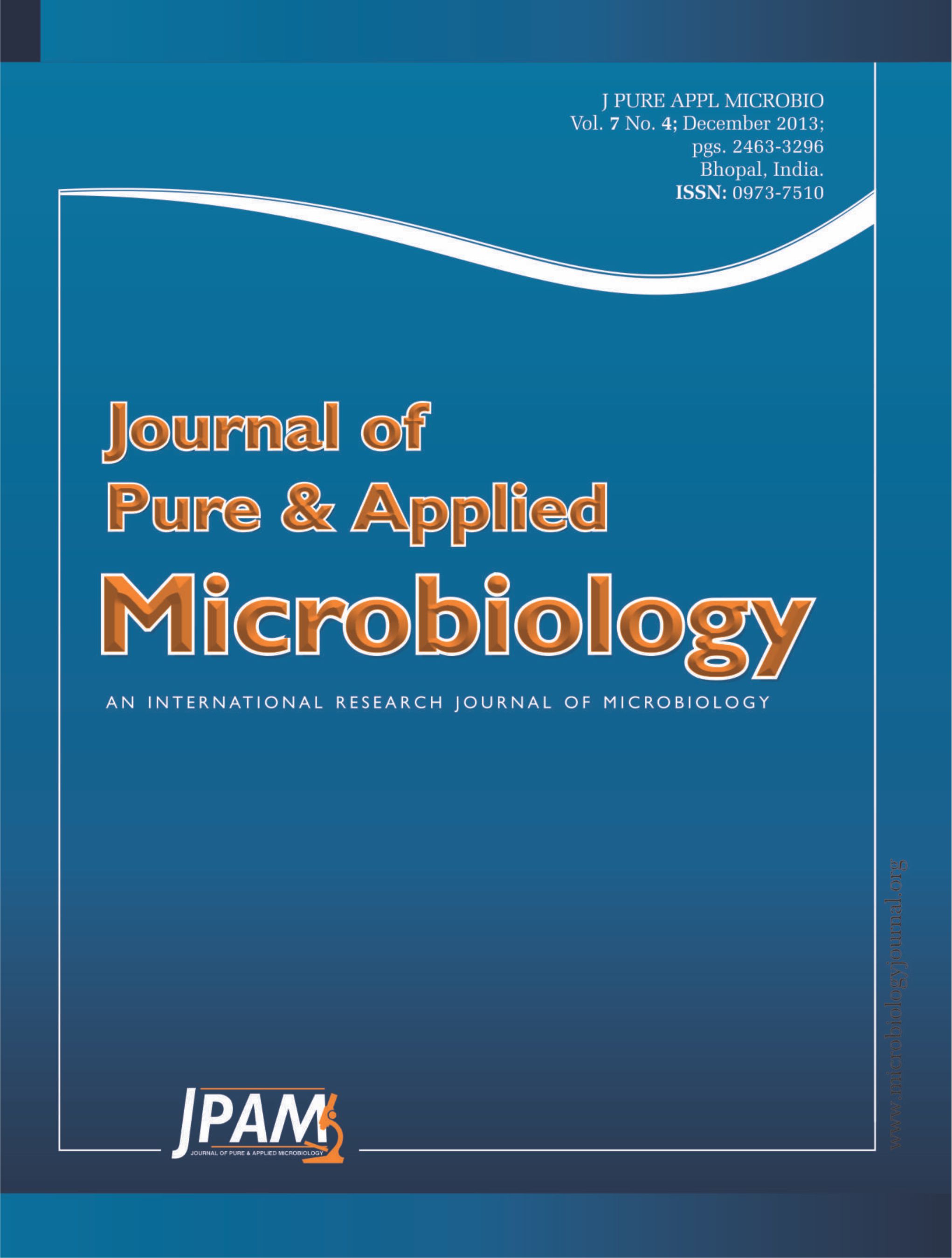PCBs polluted sites have been widely concerned due to their potential risks of carcinogenicity, teratogenicity, and mutagenicity, the governments and environmental researchers in the world were working on the economic and effective remediation technologies to solve this problem. Among of them, there would be no choices better than the isolation and acclimation of high-performance indigenous PCBs degradation bacterium from polluted sites. For this purpose, a new polychlorinated biphenyl (PCB)-degrading bacterium strain, PS-11, was isolated from PCB-contaminated soils using an enrichment culture, and identified as Stenotrophomonas maltophilia based on the 16S rDNA sequence analysis results. The strain PS-11 presented fair degrading capability to PCBs. At 30 °C, pH 7.0, and 2 mg/l substrate concentration, the PCB52 removal efficiency using the PS-11 strain was 31.1% and 52.9%, after 4-day and 7-day of culture, respectively, whereas the removal efficiency was 10.9% for refractory PCB153 after 7-day of culture. With the strangest growth capability obtained at sucrose source and the shortest lag time obtained at dextrose source, it grew well at various carbon sources, and presented an improved degrading capability to PCB52 when sucrose, glucose and Tween-80 were acted as carbon sources. Additionally, with good resistance to high concentrations of several heavy metal ions, the strain exhibited a very good environmental tolerability. The research hereof could provide a new choice for the remediation of PCBs polluted sites.
Polychlorinated biphenyl, Microbial degradation, Isolation of degrading strain, Soil
© The Author(s) 2013. Open Access. This article is distributed under the terms of the Creative Commons Attribution 4.0 International License which permits unrestricted use, sharing, distribution, and reproduction in any medium, provided you give appropriate credit to the original author(s) and the source, provide a link to the Creative Commons license, and indicate if changes were made.


